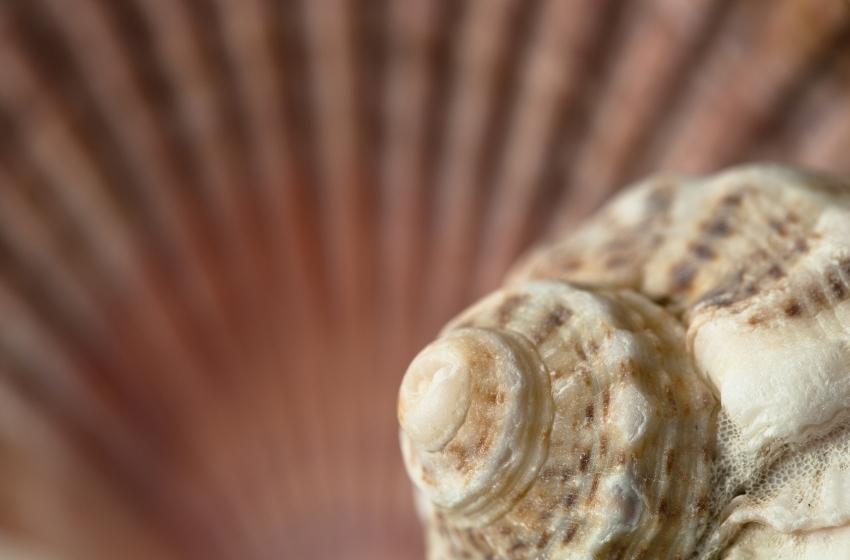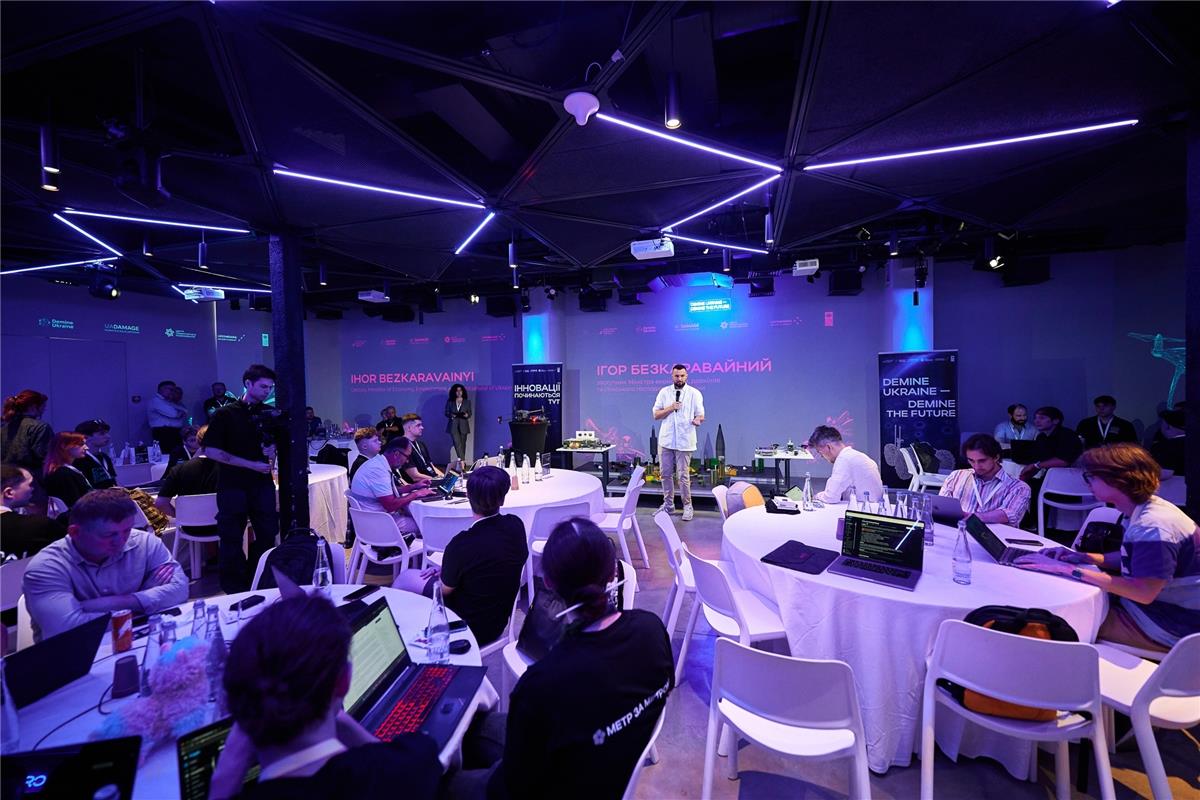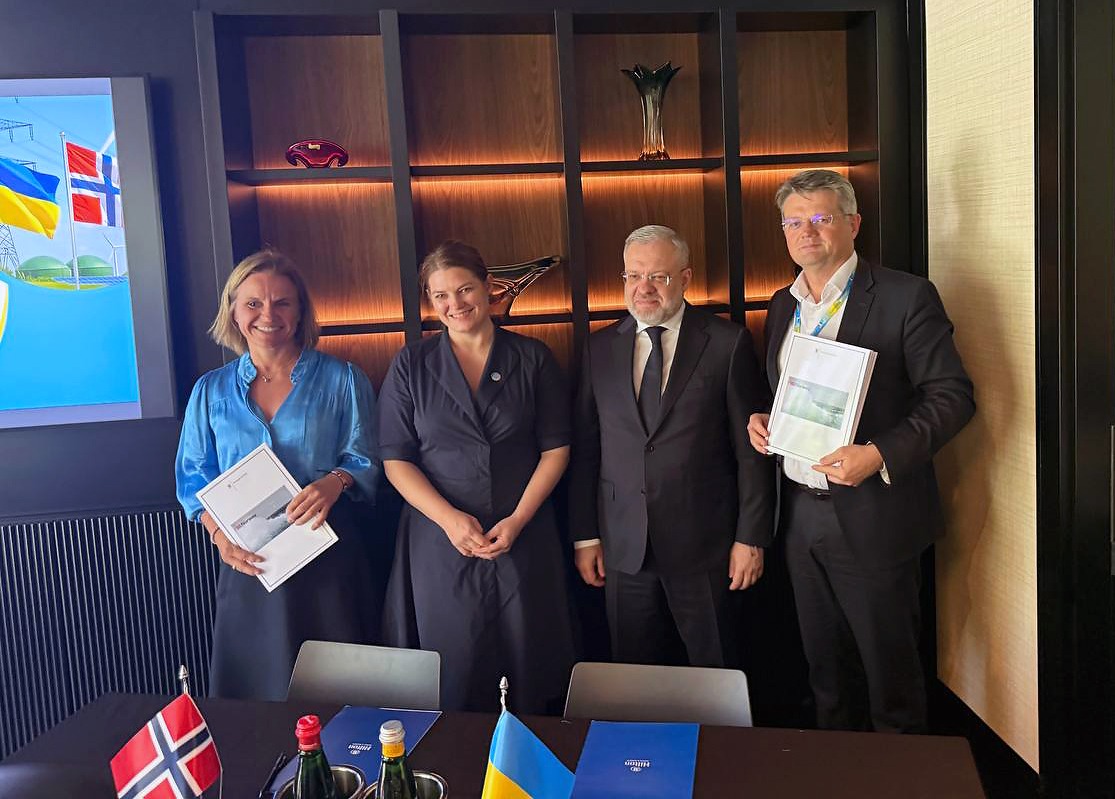Rapana (Rapana venosa) is the largest mollusc in the Black Sea, reaching 19cm in length and having a shell weighing up to 300g. It was first detected right after the end of WWII in 1946, in Novorossiysk Bay. It is assumed that rapana was carried here from the Japanese Sea within the ballast waters of ships. This ravenous predator has practically no natural enemies (in its natural habitat, rapana is consumed by starfish, but the Black Sea water is too cool for these starfish). In just a few years, the rapana destroyed the Gudauta oyster-bank in Abkhazia, where the largest stocks of oysters - which are now on the Red Lists of all Black Sea countries - was concentrated. Luckily, the situation has changed and there are data indicating progress in the recovery of oyster populations near the coasts of Georgia.
Today, rapana is no longer an exotic invader, it is an aggressive member of the seafloor biocenosis, and one of the most wide-spread Black Sea molluscs. If you were to stroll along the seashore anywhere between the Danube estuary to the Dnieper, during a walk of 100 metres, you would likely find accumulations of small, strange-looking uncinate bags of colour, ranging from whitish to light-purple. These are eggs’ capsules (cover of eggs’ laying), in each of which there is from 200 to 1000 eggs (!). Each rapana laying, attached to hard substate (stones or shells), has from few to several dozens of such eggs’ capsules in a form of bunch or brush.

After rapana consumed all the oysters, it in turn became a serious threat for mussels, which form the basis of its new diet. Nowadays, general numbers of rapana stocks continue to increase, and its only natural enemy (and hence the main control on its population) is the human. For example, in Turkey, the annual harvest of is estimated to be about 1,000 tonnes of this delicious mollusc’s meat. Its high food value and the decorative nature of its shell made rapana a popular Black Sea bioresource, and even led to the creation of a new profession: rapana harvester. Today, the muscle foot of this mollusc is a product of high demand on the menu of Black Sea restaurants and diners. The bright-orange inner layer and beautiful spiral shape of the shell made it a popular material among Black Sea souvenir shoppers.
It is interesting that along with the continuing tendency of rapana populations to increase, it is still impossible to find a shell of this mollusc of a size less than 2cm. It is likely that its larvae, which follow a planktonic lifestyle, have too fragile a shell before they transfer to the demersal way of life. So, in case they die young, the remnant shells are ground by waves before being driven ashore. A large number of small, living rapana-encrusting natural and artificial substrates can prove this hypothesis.
In addition, shells of mature rapanas became not only desirable souvenirs for tourists but also a new home for the diogenidae hermit crab (Diogenes pugilator). Earlier its largest domicile was the shells of the small gastropod mollusc tritia (Nassarius reticulatus). As a result, the crab itself stayed small, as it was dangerous to grow bigger than its shelter, because in case of a threat it would be impossible to hide itself. With the occupation of newly available rapana-shell shelters, hermit crabs can now grow bigger in proportion to its roomier abode.
he publication was prepared with the financial support of the EU – UNDP project ‘Improving Environmental Monitoring in the Black Sea: Selected measures’ (EMBLAS-Plus). This publication was produced with the financial support of the European Union and UNDP. Its contents are the sole responsibility of the authors and do not necessarily reflect the views of the European Union or UNDP
Authors: B. Aleksandrov, O. Adrianova, N. Atamas, V. Bolshakov, O. Bondarenko, I. Chernichko, V. Demchenko, S. Dyatlov, Y. Dykhanov, E. Dykyi, O. Garkusha, P. Gol’din, S. Hutornoy, V. Komorin, Y. Kvach, V. Mamaev, O. Manturova, O. Marushevska, A. Mikelyan, Yu. Mikhalev, G. Minicheva, I. Sinegub, T. Shiganova, J. Slobodnik, A. Snigiryova, M. Son, K. Vishnyakova, A. Zotov. Illustrator: I. Pustovar.






















